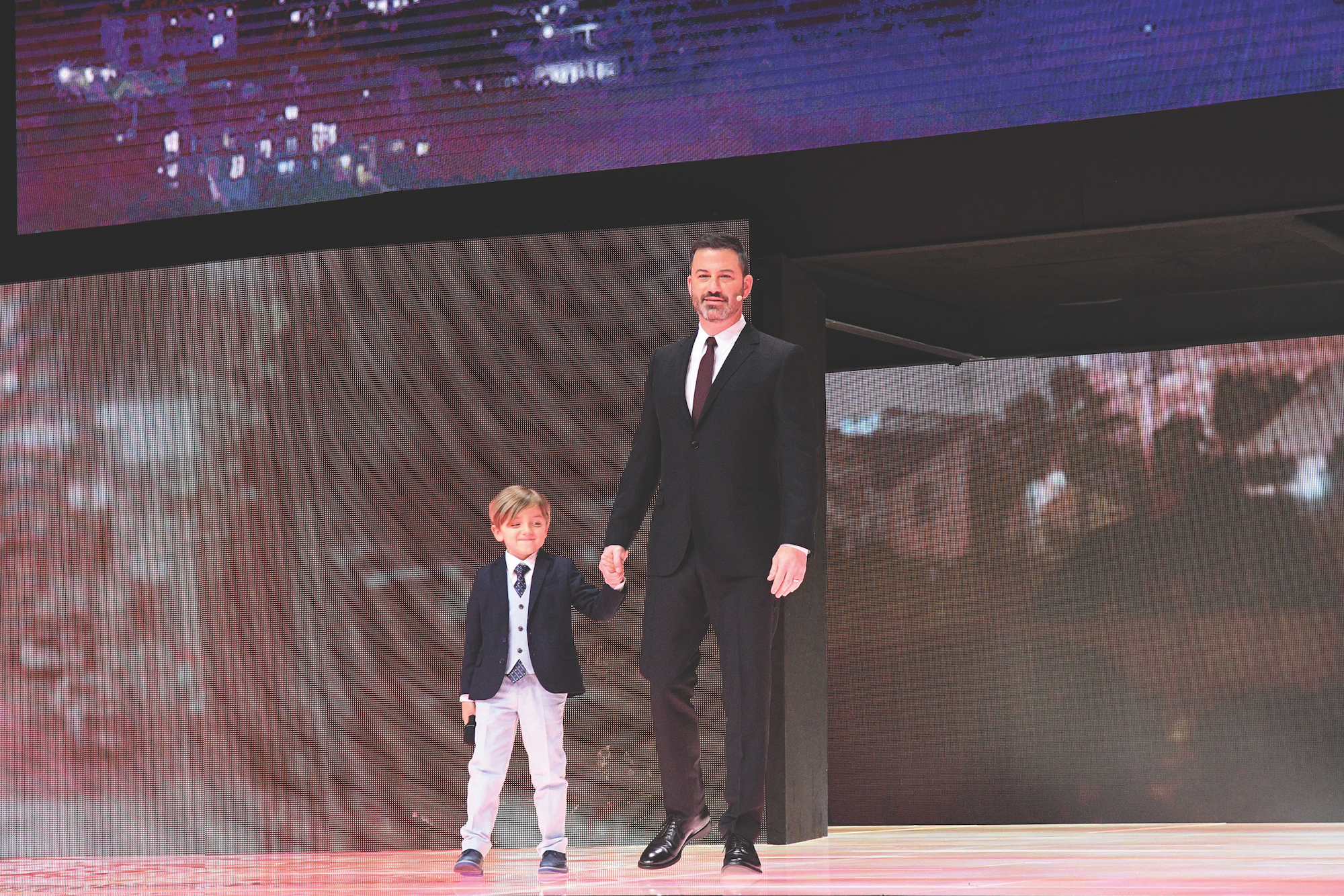What’s for Sale, When to Negotiate Are Upfront Market Mysteries

Among the first casualties of the coronavirus outbreak in New York were the gaudy, million-dollar upfront presentations in places like Radio City Music Hall and Lincoln Center.
It’s almost May and network sales executives and media buyers can’t say when the upfront market will take place or what will be available to buy for the 2020-21 television year.
At first, the idea was to replace the live presentations with fancy, high-tech virtual ones, but now even that idea is being questioned. Some networks, including Fox, have staged smaller virtual town hall meetings to update buyers on programming plans. Others, like AMC Networks, have opened online portals where buyers can see their upcoming programming and descriptions of their advertising products.
“There are three things that people at the ad agencies are talking about right now,” Jon Steinlauf, Discovery’s president for U.S. ad sales, said. “One is sports. Two is the production pipeline. And three is, what kind of an upfront cycle are we going to have this year?”
The timing and nature of this year’s upfront market appears up in the air.
“Everything is week-to-week right now, including the whole upfront conversation,” said Steinlauf.
“It’s like Dr. Fauci says: The virus is going to determine how we go forward,” said Mike Piner, senior VP, video and data-driven investments at Mediahub.
Broadcasting & Cable Newsletter
The smarter way to stay on top of broadcasting and cable industry. Sign up below
“A consolidated single upfront television marketplace is not going to happen this year,” Piner said. “It’s not that deals aren’t going to get done. I think they will. I think it will be a fragmented market.”
Added Horizon Media co-chief investment officer Dave Campanelli: “A normal upfront this year? No, I don’t see that at all. I think this year will force everyone to be flexible. The majority of the market will shift to calendar, but I don’t think clients should be held to any rigid timelines.”
In the calendar upfront, mainly cable networks sold year-long advertising commitments to marketers on a January-December basis, as opposed to the OctoberSeptember TV year used during the regular upfront. Calendar negotiations usually take place in November, well after the regular upfront talks that start in late May and usually get done in time for summer vacation.
When it comes to sports, the biggest-ticket item is the National Football League.
“There’s nothing comparable, even prime,” Campanelli said. “But the big question right now is how much of those dollars come back into the market. It was assumed all that NCAA [basketball tournament] money would flood back in, and while some advertisers did reinvest, it was not the majority.”
Programming Plans Still Unset
Media buyers said they were also eager to hear about what programming would be available before committing upfront dollars.
“The composition of our targeted portfolio of entertainment, sports and news content provides us the flexibility to move quickly and address the needs of our advertising partners,” Fox president of ad sales Marianne Gambelli said. “We pivoted from initially hosting a larger virtual presentation and organized individual meetings between each division and our clients. The conversations have been very productive, collaborative and effective.”
Buyers and sellers had different theories on how the advertising business would move forward.
“It’s going to be hard to have an upfront on the traditional timeline,” said Ethan Heftman, senior VP of ad sales precision & performance, A+E Networks. “We’re ready whenever advertisers are, and perhaps this encourages the evolution of a two-tier upfront.
“You can possibly see a market where some of the more efficiency-driven, bulk-driven impressions happen on a summer timeline, whereas the tougher stuff to do — the programming-led, the event-led, the data-led deals — are even more delayed,” said Heftman. “Based on some of the conversations we've had, we might see a chopping up of the upfront in this way.”
One optimistic network sales executive was hopeful that the $20 billion that changed hands in the last few upfronts will still be there this year. Deals worth $10 billion could get done in June-July with advertisers in categories that have been stable. Another $5 billion could shift to the calendar upfront, and the last $5 billion would be fourth-quarter scatter.
Nets May Look to Act Quick
Andy Sippel, executive VP, media at Advertiser Perceptions, which has been polling media buyers regularly since the coronavirus crisis hit, said he expects network sales executives to try to sell as much as they can as soon as they can. “Consumers’ media habits have changed and so have media buyers,’ ” Sippel said. “They’re streaming more. People buy what they watch, so that will accelerate more OTT and connected inventory being sold.”
Still, it might take more than a virus to wipe out the upfronts.
“It may morph and change a bit, but my gut tells me you want a chance to be face-to-face with your clients to show them the magic,” Sippel said. “Networks don’t love the expense of it, but buyers think there’s good value there.”
Jon has been business editor of Broadcasting+Cable since 2010. He focuses on revenue-generating activities, including advertising and distribution, as well as executive intrigue and merger and acquisition activity. Just about any story is fair game, if a dollar sign can make its way into the article. Before B+C, Jon covered the industry for TVWeek, Cable World, Electronic Media, Advertising Age and The New York Post. A native New Yorker, Jon is hiding in plain sight in the suburbs of Chicago.

